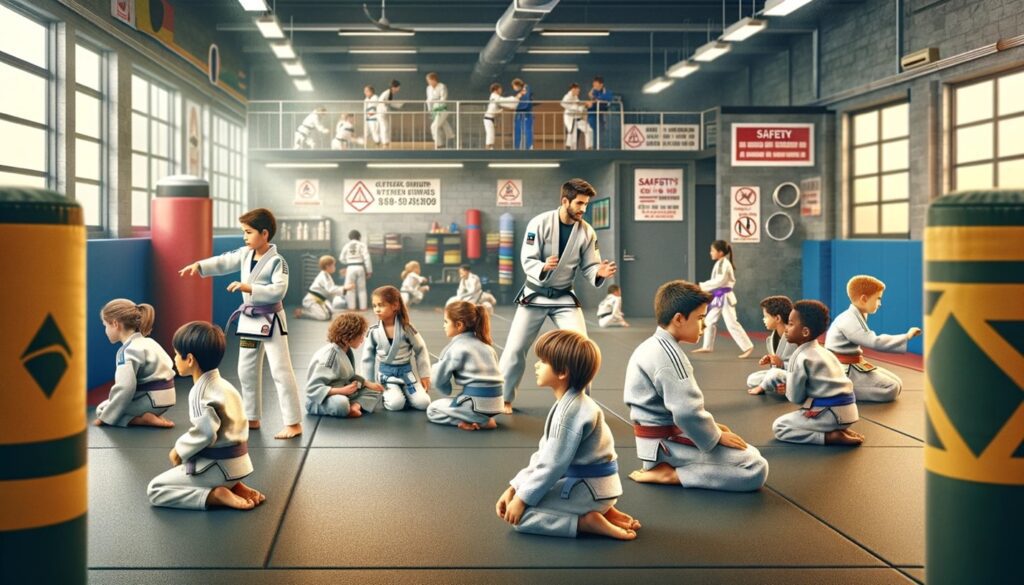Prioritizing Safety in Kids’ Jiu-Jitsu Classes
Ensuring a Safe and Positive Learning Environment

Safety is paramount in any martial arts training, especially for children. Here’s how safety is prioritized in Jiu-Jitsu classes:
Professional and Experienced Instructors: Qualified instructors are essential for safe training. They ensure techniques are taught correctly and intervene to prevent unsafe practices.
Age-Appropriate Techniques: Jiu-Jitsu for kids focuses on ground-based techniques and avoids high-impact moves. This reduces the risk of injuries while still teaching effective self-defense.
Safe Training Environment: Dojos are designed to be safe spaces with mats and adequate padding. This minimizes the chances of injury during falls or rolls.
Regular Warm-Ups and Cool-Downs: Each class begins with warm-up exercises to prepare the body for physical activity, reducing the risk of muscle strains or sprains.
Emphasis on Tapping Out: Kids are taught the importance of tapping out during training. This practice helps prevent injuries by signaling when to stop applying a technique.
Proper Gear and Hygiene: Children are required to wear appropriate gear, including gis and protective equipment. Hygiene is also emphasized to prevent the spread of germs in close-contact training.
No-Sparring Policies for Younger Kids: Many classes for younger children have no-sparring policies to ensure safety and focus more on learning techniques and discipline.
By adhering to these safety measures, Jiu-Jitsu classes provide a secure and supportive environment for children to learn and grow.

